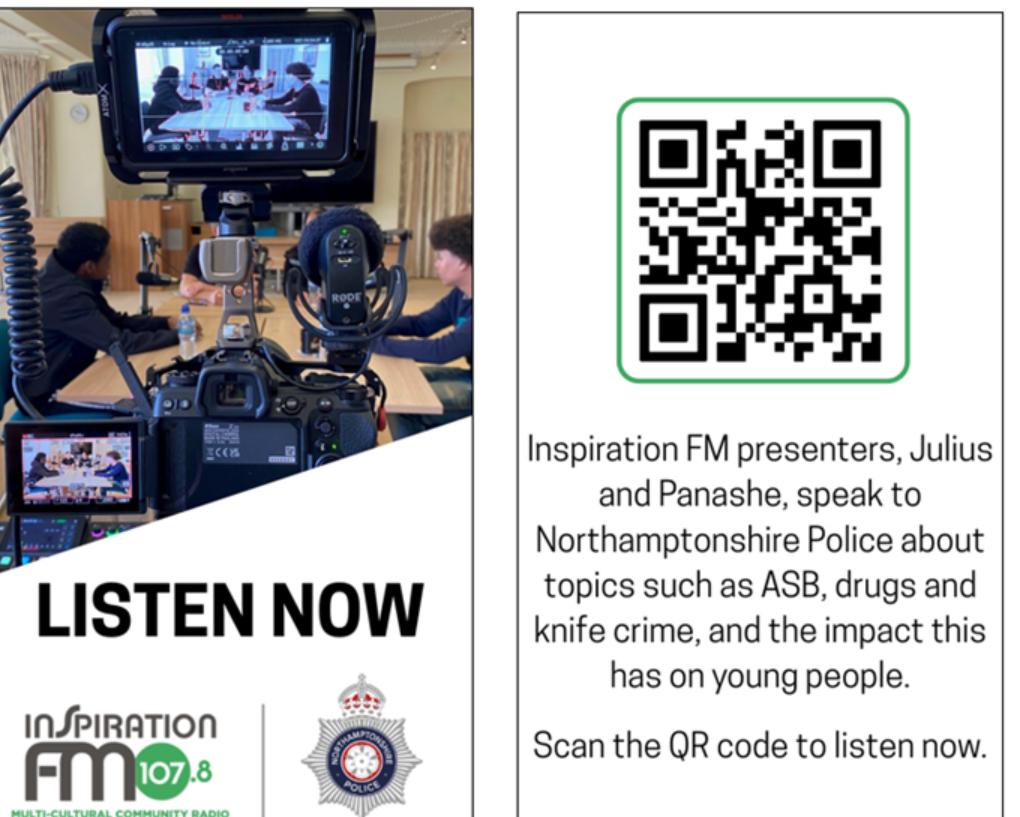Driving when there are high winds should be avoided wherever possible. But if you can’t avoid getting in the car during a storm, here are some tips you should follow.
- How to drive in high winds
- Parking tips to avoid damage
- What to do in case of flooding
How to drive safely in windy weather
If you can’t avoid driving in a storm, keep the following tips in mind:
1 – Drive slowly
High winds will affect handling and braking. Driving slowly will help you to maintain control of your car, even when a sudden gust comes along.
2 – Watch out for exposed areas
Areas of road which are open and not protected by buildings tend to be susceptible to strong gusts of wind. Make sure you watch out and anticipate these stretches of road, and slow down if you need to.
3 – Take care on smaller roads
Smaller roads can also present a challenge, especially ones lined with buildings or trees. These roads can be susceptible to strong side winds and wind tunnel effects. Be especially cautious on this kind of road, as cyclists and pedestrians also use them.
4 – Hold firm
A sudden gust can catch you off guard during a storm. To make sure you’re always in control of the vehicle, hold the steering wheel firmly with both hands at all times. However, don’t grip too tightly, as this may cause you to jerk the wheel and could restrict your movement.
5 – Avoid overtaking
Try and avoid overtaking when winds are extremely high. Overtaking large vehicles can be especially difficult as it may result in a sudden gust as you go past.
6 – Allow more room
Give cyclists and other road users as much room as you can. They can get blown around easily by side winds which your car creates. Also keep more distance between yourself and the car in front.
7 – Watch out for debris
High winds often cause debris from trees and even buildings to come off. Be wary of flying debris while you are driving.
8 – Pack supplies
It’s possible high winds will force you to pull over or stop your journey. As an extra precaution, stock up on warm clothing, snacks and a torch before you set off. Pack a portable phone charger as well so you’re never left stranded without a phone.
9 – Be vigilant
It’s always necessary to be vigilant when driving, but during storms and winds, make sure you’re keeping an eye on what other drivers are doing.
Extra tips
The RAC recommends looking out for these four things in particular:
- Crossing high exposed bridges
- Vehicles towing caravans
- Using top or roof boxes as this increases susceptibility to cross-winds
- Debris on the road
How can I park safely?
If you aren’t driving, or have come to the end of your journey, think about how you park during a storm.
- Avoid parking under trees, near buildings, telephone lines or other structures that could fall.
- If you have a garage, move your car into it. This will minimise damage in the event of extreme winds or even flooding.
What do I do if my car breaks down?
If you break down in a storm, here’s what to do:
- If you’re stranded in the middle of the road, put your hazard lights on so oncoming traffic can see you in advance.
- Avoid leaving the car unless there is somewhere safe to wait. Leaving the vehicle while the roads are dangerous or dark puts you at risk as a pedestrian.
- Call your breakdown service, or the emergency services should you need them, and wait for them to arrive.
What should I do if there’s also flooding?
If the storm doesn’t just bring high winds but causes flooding as well, here are some tips you can follow:
1. A different route
Before trying to drive through a flooded area, always check to see if there’s a different route you can take. Only attempt to cross flooded road as a last resort.
2. Stop and assess
You can never be sure of the depth of water or the state of the road underneath without taking a close look. If you are crossing at a ford, there may be a water depth gauge at the side of the road, allowing you to assess the stream’s level.
Also check the area for other hazards such as floating debris or downed power lines, where the electric current could be conducted by water.
3. Check the depth
The general rule is that you shouldn’t attempt to drive through standing water that is more than six-inches deep – so if it comes over your wellington boots, then it’s a no-go.
If it’s moving, the maximum depth is even less: any more than four inches of moving water can be enough to sweep a car away into deeper flood water.
4. Take care when passing other vehicles
Avoid following or crossing against other drivers that could cause you to stray off your intended trajectory. Large vehicles are especially hazardous as they can create waves that will push the water higher than expected.
5. Aim for the highest part of the road
Usually the highest part of the road will be in the middle (called the crown), as most roads are designed to let water drain off the sides. Make sure you keep your eyes peeled for hidden dips (such as potholes, gullies and trenches) where the water could suddenly get deeper.
6. Park safely
Try to park on high ground, ideally at the top of a hill or slope.
Find out more here.
Following these tips will help keep you safe during windy and stormy weather. Always check the weather forecast when you’re planning your journey.
*Information provided by LV





